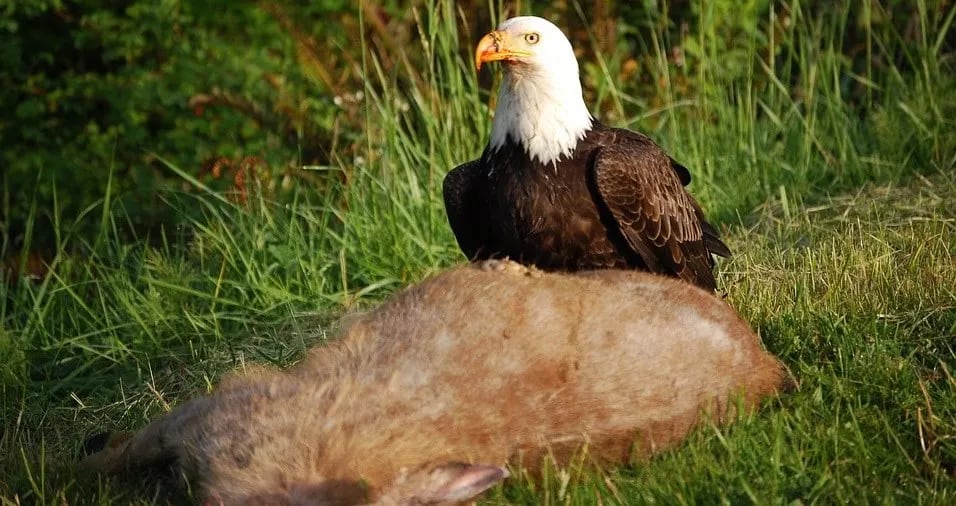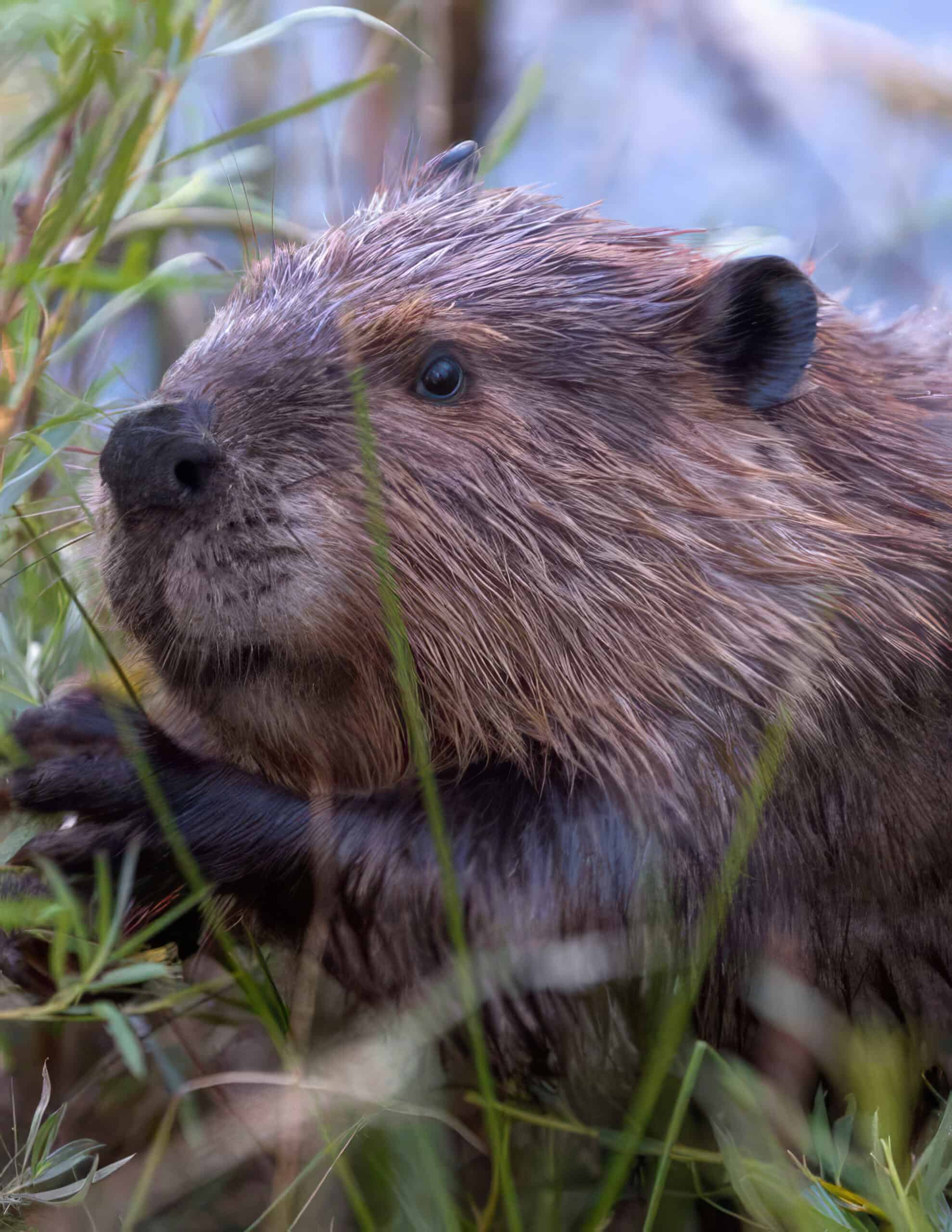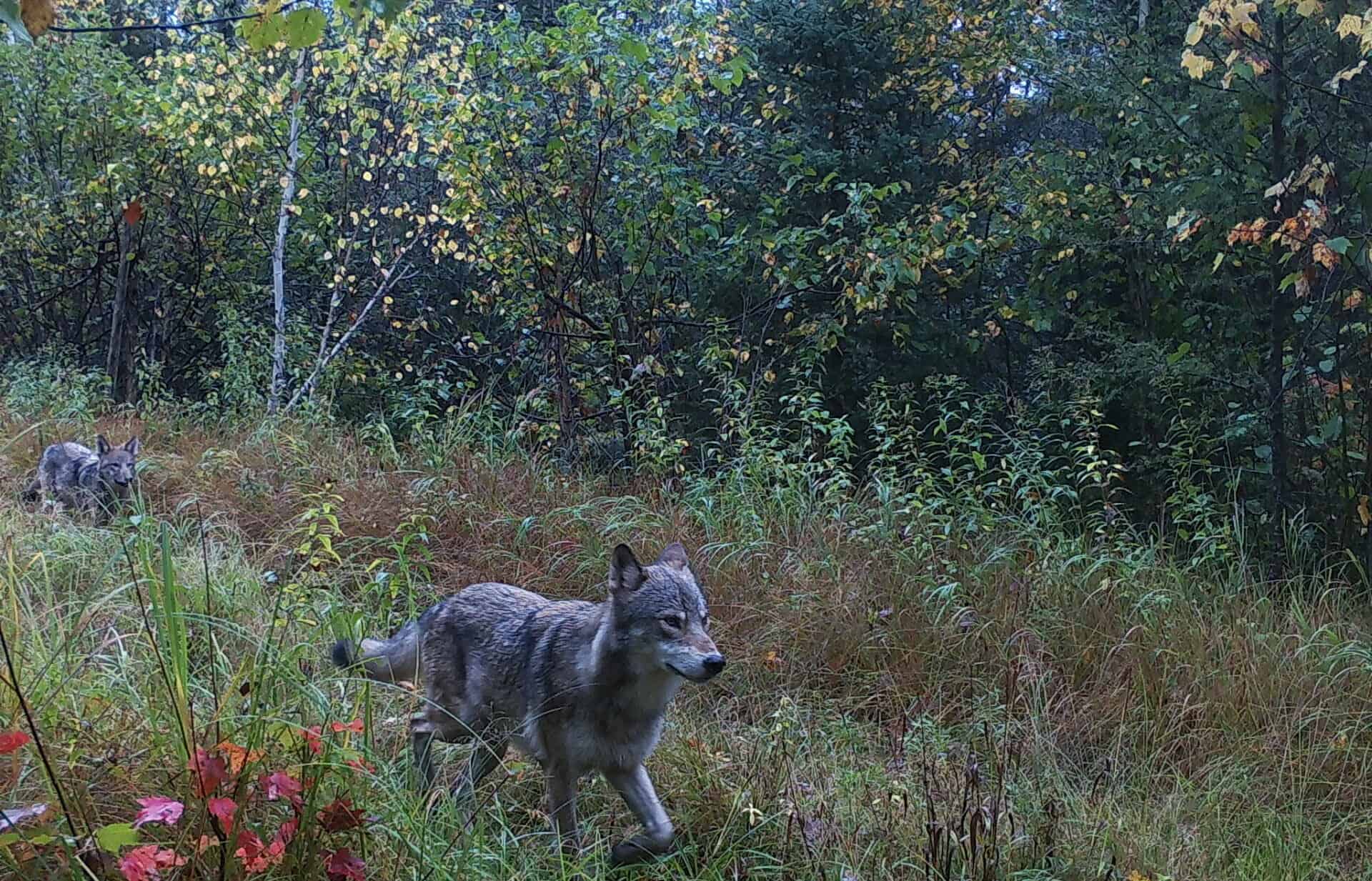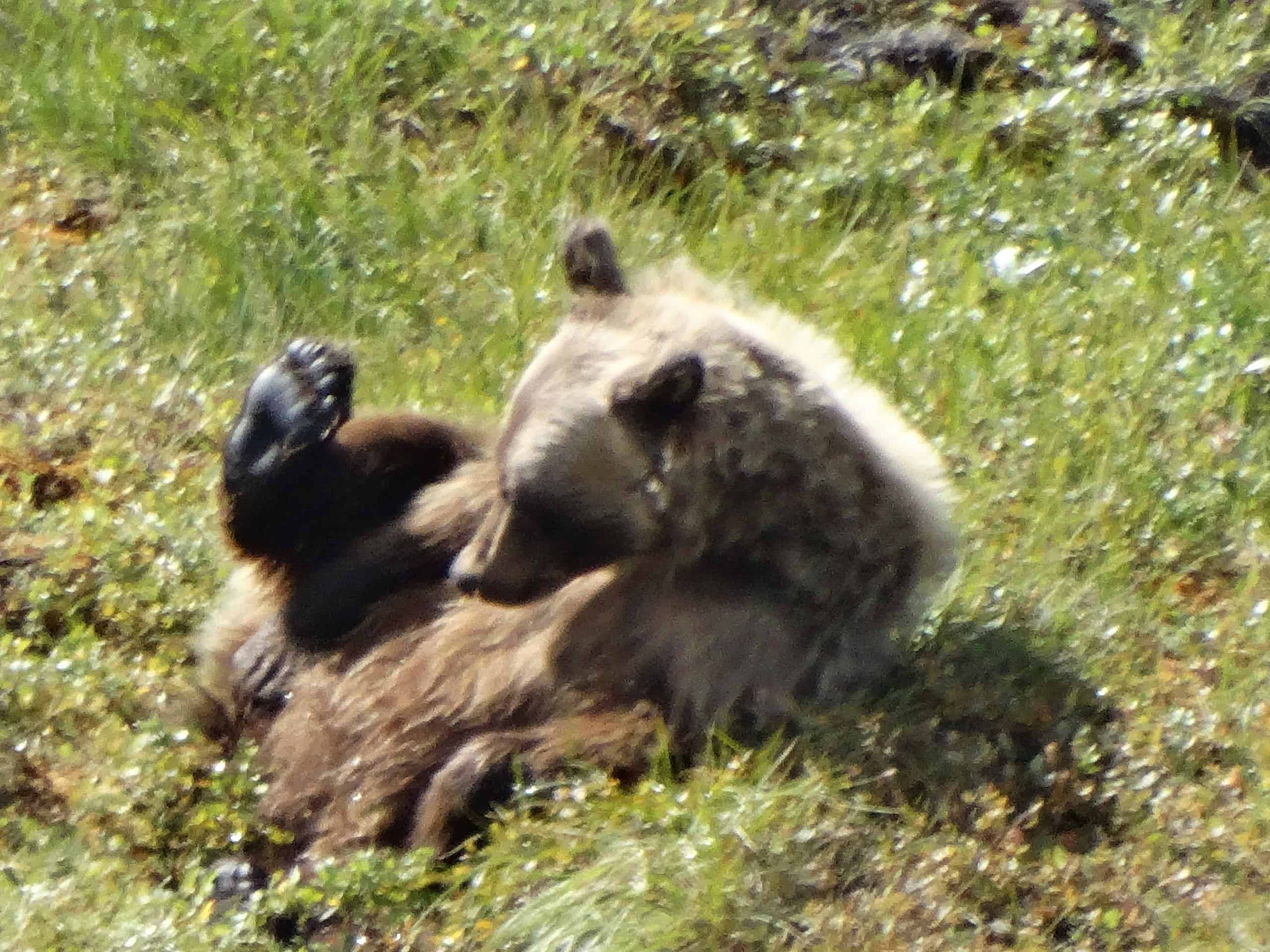Share this article
Wildlife Featured in this article
- California condor
- Golden eagle
- Bald eagle
WSB special section highlights lead ammunition
The section arose from a TWS Annual Conference symposium
The use of lead ammunition has been a quandary for wildlifers. Hunters are a key constituency in wildlife conservation, yet spent ammunition can be harmful to wildlife and the environment. Alternatives to lead ammo are often expensive and hard to find. And while lead’s risks are widely known, biologists have struggled to show population-level effects on wildlife. That has left many hunters reluctant to make the switch to copper or other alternatives.
After a symposium on the topic at TWS’ Annual Conference in 2021, organizers wanted to take the conversation a step further and assemble a range of peer-reviewed research. That came together in the June issue of the Wildlife Society Bulletin, with a special section devoted to lead ammunition.
“We really wanted to focus our attention on what can be done in the hunting world to minimize the effect of lead on wildlife,” said TWS member John McDonald, who helped organize the issue.
While one paper documents population-level effects on bald eagles (Haliaeetus leucocephalus) in New York state, most of the articles focus on the human side of the equation. Researchers looked at the attitudes of hunters and compared efforts to regulate lead ammunition.

McDonald hopes that with more outreach, hunters will voluntarily opt for nonlead ammunition over lead, making regulation unnecessary.
“This is really an easy fix for people—an easy step to mitigate that potential exposure and show responsible stewardship for the environment,” he said.
Lead shot has long been phased out for waterfowl hunting in the U.S. and Canada, but a growing body of research has raised concerns about the effects of other lead ammunition, including shot used away from wetlands and lead bullets, which can remain in gut piles or carcasses that hunters leave behind.
Much of that research has focused on endangered California condors (Gymnogyps californianus). Poisoning from lead bullets is considered the foremost cause of death for that species.
But other species are also affected. While bald eagle recovery is considered a conservation success story, researchers writing in the WSB concluded that they found “state-specific evidence of the population-scale impact” of lead pollution on bald eagles. That echoes previous findings published in the Journal of Wildlife Management that showed bald eagle recovery was slowed in New England because of lead ingestion, and research published in Science that found widespread lead contamination in both bald eagles and golden eagles (Aquila chrysaetos) across North America.
Part of the problem is that lead fragments inside the carcass. That’s a risk not just for wildlife but for people who eat game hunted using lead bullets. “The radiographs are pretty striking in how far tiny fragments spread through an animal carcass,” McDonald said. “When you show this to folks, most people realize this probably isn’t the best thing to be feeding their families and neighbors.”
Changing hunters’ attitudes is difficult, though. Nonlead ammunition, primary copper for rifle bullets, was long considered inferior to lead, and while that attitude is changing, McDonald said, copper ammo is still often hard to find and can be pricy. In one paper in the WSB, researchers from Cornell University found that even hunter education instructors were often unaware of the issues lead posed for wildlife, skeptical about nonlead ammunition and opposed regulations to require it.
McDonald is hopeful that better outreach can convince more hunters to switch.
“It appeals to a stewardship ethic,” he said. “If there’s a contaminant we could mitigate the effects of, why wouldn’t we do that, as hunters?”
Header Image: A bald eagle scavenges a deer carcass. Credit: Public domain







